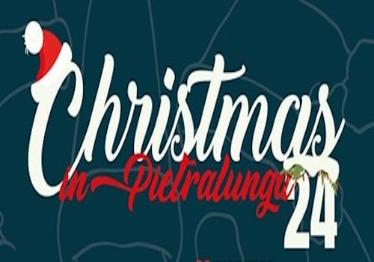HISTORY
The area was inhabited in prehistoric times, as is proved by the finding of "Pietralunga flute" made from a human leg bone, today on exhibit at the Archeological Museum in Perugia. The founding of Pietralunga, however, goes back to the ancient Umbrian people, in the same period as the rites mentioned on the Eugubine Tablets (2nd-1st cent. BC).
There are significant memorials of the Roman age in the area, such as traces of urban settlements with the ruins of villas, aqueducts and roads. Pietralunga's history is connected with that of Città di Castello, to which it submitted voluntarily in the 14th century until 1817, when Pietralunga became once again an independent commune and part of the Papal States until 1860, the year of the birth of the Kingdom of Italy.
ART, CULTURE, ENVIRONMENT
The old heart of the town has preserved its fascinating atmosphere of a medieval village encircled by walls, with its characteristic vigoli (narrow streets), gathered around the ruins of the Rocca Longobarda, an old Lombard fortress built in about the 8th century. A sight of artistic interest is the Parish Church of Santa Maria, with an elegant Romanesque portal dating from 1279, which has a fresco of the Martyrdom of St. Sebastian attributed to Raffaellino del Colle, and a copy of the Polyptych by Ottaviano Nelli, a work originally in the Convent of Sant'Agostino and now in the National Gallery of Umbria.
Worthy of a visit outside the walls are the Sanctuary of the Madonna dei Rimedi and the Parish Church of the Saddi, a typical example of an early Christian basilica, built around a crypt where the tomb of St. Crescenziano was originally located: inside there is a fine 8th-century bas-relief of St. Crescenziano Killing a Dragon. The Pietralunga area is crossed by various stretches of ancient Roman roads: the most important is the diverticulum, which linked upper Umbria (Città di Castello, Gubbio and Perugia), through Pietralunga, with the Flaminian Way near Cagli.
A must for tourists is the beautiful Candeleto complex, a large structure surrounded by greenery, with facilities for camping, refreshment and relaxing. Also in Candeleto is the Natural History Museum, which has an important bird collection: the museum, together with the Candeleto Oasis, rounds off an interesting tourist itinerary.



























